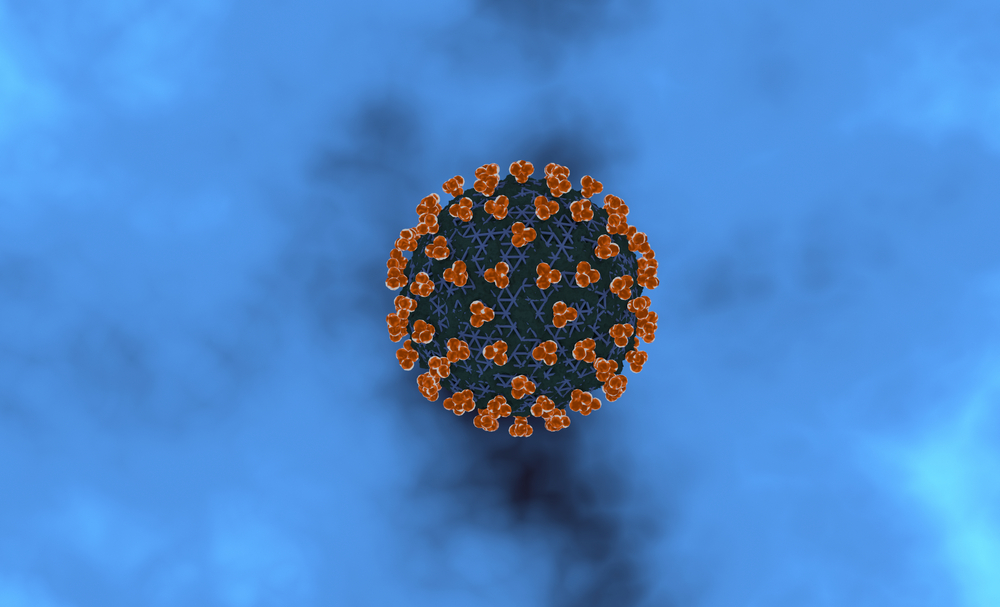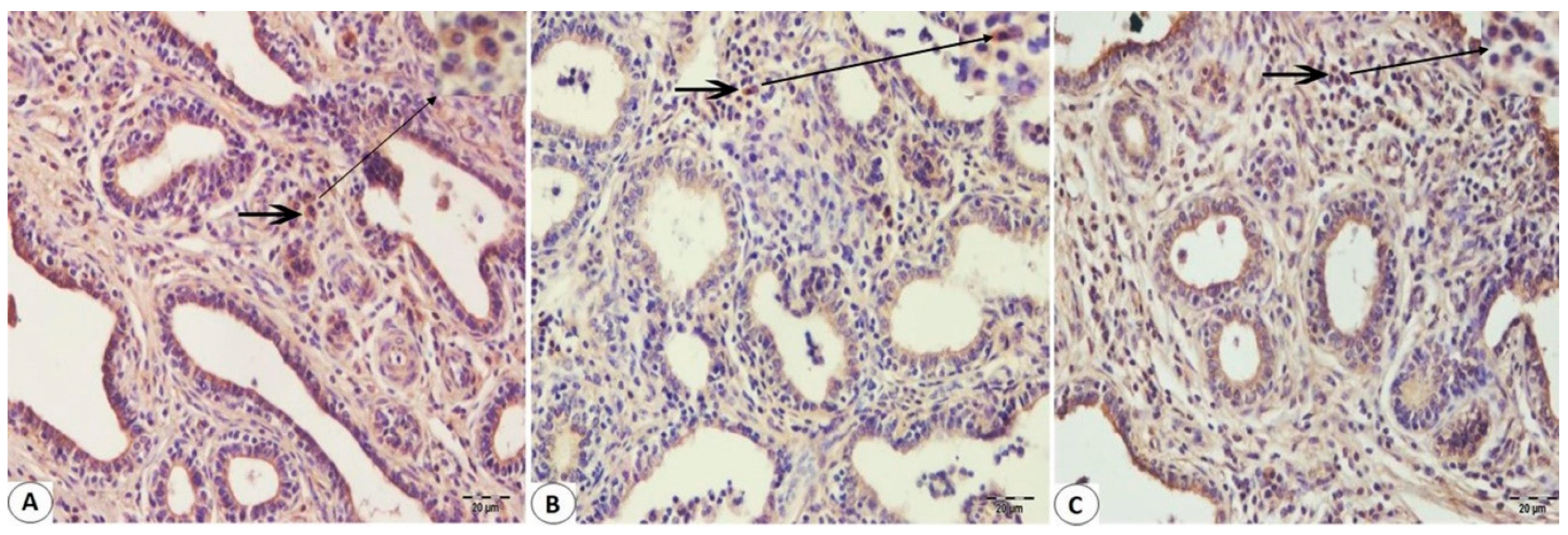
HPIV-4 has been detected in low levels and mainly appeared in the late autumn or early winter. HPIV-3 infections had an annual epidemic cycle with a peak in late spring or summer, whereas peaks of HPIV-1 and HPIV-2 occurred at 1 or 2 year intervals in the late autumn or early winter. Health Protection Agency’s (now Public Health England) analysis of HPIV infections in England and Wales found that HPIV-3 was the major HPIV virus type causing most infections and outbreaks, followed by HPIV-1, HPIV-2 and HPIV-4 (4). HPIVs are spread from respiratory secretions through close contact with infected persons or contact with contaminated surfaces or objects. The incubation period is from 1 to 7 days. HPIV infections are important causes of mortality among immunocompromised patients (1, 2, 3).

However, HPIV infections may also cause more severe diseases especially among the elderly and among patients who are immunocompromised.

#PARAINFLUENZA TYPE 3 FULL#
Similar to respiratory syncytial virus (RSV), HPIVs 1 to 4 can cause repeated infections throughout life, and HPIV types 1 to 4 can cause a full spectrum of respiratory illness, including the common cold, croup, and severe lower respiratory tract illness, such as bronchitis, bronchiolitis and pneumonia.ĭisease association with HPIV5 is not well established, although it has been implicated in a range of chronic diseases outside the respiratory tract among adults, most HPIV 1-4 infections cause mild disease showing as upper respiratory tract symptoms. HPIV1-4 infection is one of the common causes of upper and lower respiratory tract disease, especially in young children. These viruses are unstable in the environment and are readily inactivated with soap and water. A fifth putative HPIV, PIV5, (formerly known as SV5) is commonly categorised as an ‘unknown haemabsorbing agent’ when clinical respiratory samples are propagated in laboratory cell culture. There are 4 types of HPIV (Types 1 to 4) and 2 subtypes (4A and 4B).

Human parainfluenza viruses ( HPIVs) are a group of spherical, enveloped, negative-sense, single-stranded RNA viruses in the paramyxovirus family.


 0 kommentar(er)
0 kommentar(er)
